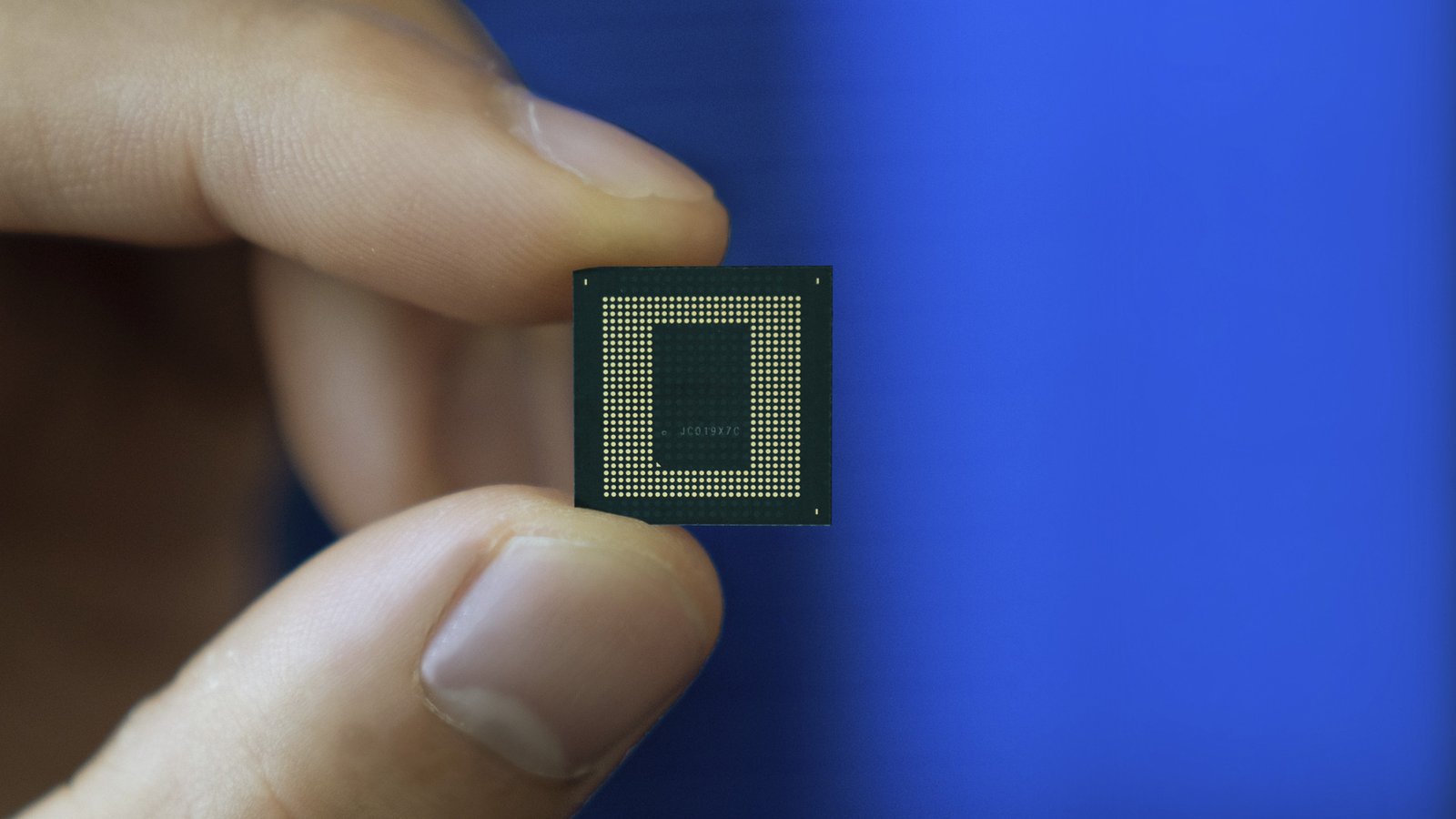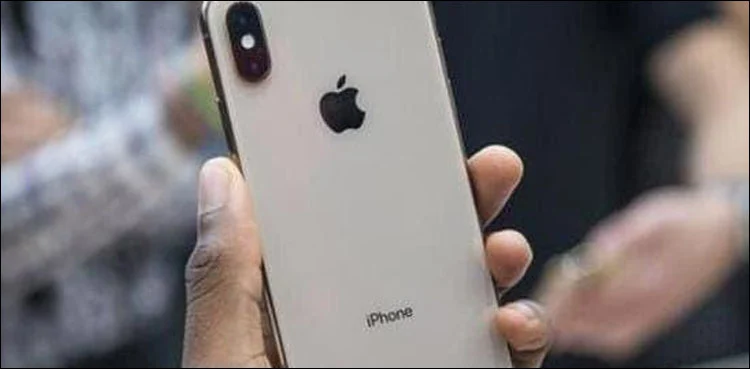In a major update aimed at improving user experience, Google Play Store will begin showing alerts for apps that excessively drain a phone’s battery starting March 1, 2026. The announcement was made through Google’s official developer blog, where the company detailed how the new system will identify and flag apps that keep devices awake unnecessarily, causing faster battery drain.
The move reflects Google’s growing focus on transparency and device performance, ensuring that Android users can make more informed choices when downloading apps. This initiative is part of Google’s ongoing efforts to enhance the reliability, efficiency, and sustainability of the Play Store ecosystem.
Introducing the Excessive Partial Wake Lock Metric
To detect problematic apps, the Google Play Store will use a new tool called the excessive partial wake lock metric, developed in collaboration with Samsung. This metric, which has been in beta testing for several months, is now available to all Android developers.
In simple terms, a wake lock occurs when an app prevents a device from going into sleep mode — even when the screen is off — to perform background tasks. While some wake locks are essential, such as those required for playing music, downloading files, or syncing data, others can be unnecessary and cause a significant impact on battery life.
Under the new system, Google will analyze how often an app holds these wake locks and for how long. If the app exceeds certain thresholds, users will be warned through the app’s Play Store listing.
The “Bad Behavior Threshold” for Battery Usage
According to Google’s updated policy, if an app holds non-essential wake locks for more than two hours within a 24-hour period, it will be flagged for potential bad behavior. The company refers to this as the “bad behavior threshold.”
Furthermore, if 5% or more of an app’s user sessions show excessive wake lock activity within a 28-day period, the app will be identified as a potential battery drainer. Once flagged, users may see a battery warning label on the app’s page in the Google Play Store, alerting them before installation.
These warnings are expected to be similar to existing labels for data privacy and security, helping users avoid apps that could negatively affect battery performance.
Transparency and Accountability for Developers
The upcoming policy change serves as a wake-up call for developers to optimize their apps before the March 2026 rollout. Google is urging all Android app developers to review their code and ensure that wake locks are used only when necessary.
By introducing the excessive partial wake lock metric, Google is giving developers access to clear diagnostics that can help them identify inefficiencies. This proactive step aims to reduce the number of poorly optimized apps and promote a healthier, more energy-efficient app ecosystem.
Developers whose apps are repeatedly flagged could face further consequences, including exclusion from Play Store recommendations, reduced visibility in search results, or even removal from promotional listings. This approach will push app creators to prioritize performance and user satisfaction over unnecessary background processes.
Why Battery Transparency Matters
The new battery transparency policy by the Google Play Store addresses a long-standing concern among Android users: unexplained battery drain. Many users often struggle to identify which apps are responsible for depleting their phone’s charge. By introducing these alerts, Google aims to empower users with the knowledge to make smarter download decisions.
In recent years, battery efficiency has become a key differentiator in smartphone performance. Users increasingly demand devices and apps that can last longer between charges. By implementing this feature, Google is aligning its platform with user expectations while promoting sustainable device usage.
Collaboration with Samsung and Industry Partners
Google’s partnership with Samsung played a crucial role in developing the new monitoring system. Samsung’s long experience in hardware and battery management contributed to fine-tuning the wake lock metric, ensuring that it accurately differentiates between necessary and unnecessary background activity.
This collaboration demonstrates how major Android stakeholders are working together to improve the platform’s overall health and user satisfaction. Going forward, similar partnerships may help enhance other aspects of app performance, such as memory usage and thermal efficiency.
Impact on Users and the App Ecosystem
For users, this new initiative means greater control and transparency. Instead of discovering battery issues after installing an app, users will now be warned in advance. Apps that respect system resources and optimize battery performance are likely to earn better reviews, higher ratings, and increased downloads.
For developers, the message is clear: performance optimization is no longer optional — it’s essential. Apps that fail to meet the new standards risk losing user trust and visibility in the Google Play Store.
The Google Play Store’s upcoming policy on battery-draining apps marks a significant step toward improving Android’s overall performance and sustainability. By introducing the excessive partial wake lock metric and setting clear thresholds for acceptable behavior, Google is reinforcing its commitment to user satisfaction and device health.
As the March 2026 deadline approaches, developers will need to adapt, optimize, and prioritize efficient coding practices. For millions of Android users worldwide, this change promises a future where their devices last longer, run smoother, and deliver a more reliable mobile experience.



